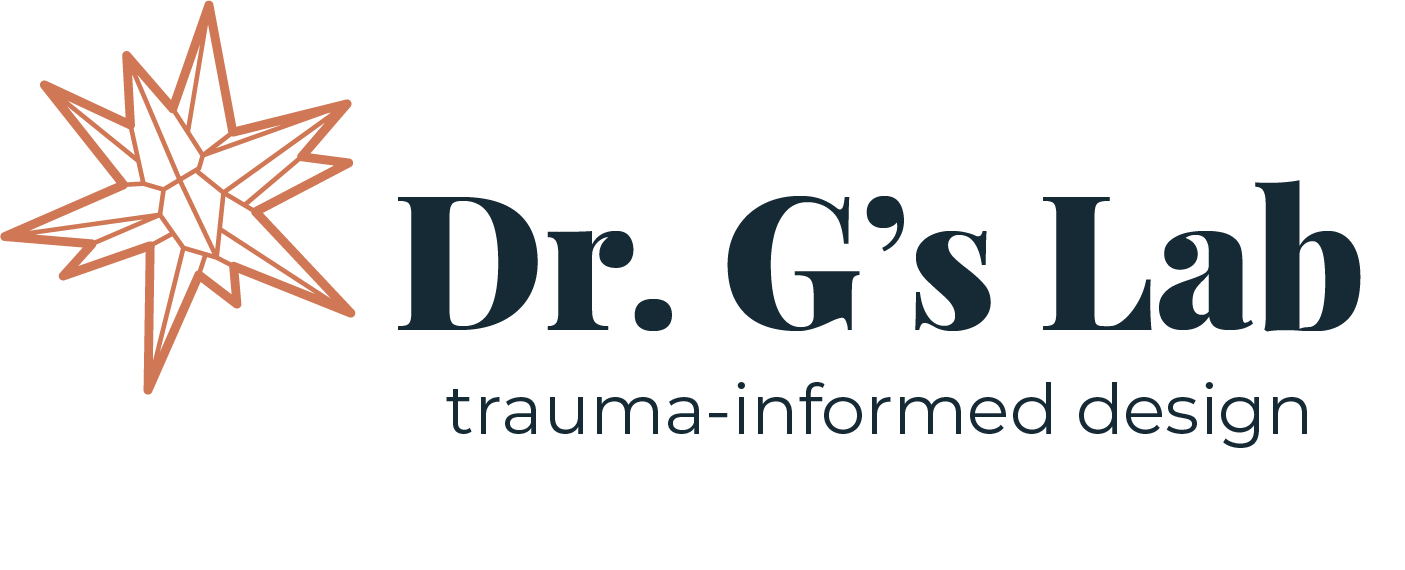Emotional Inclusivity: Interview with Anastasia Thomas
March 2, 2021
Written by Anastasia Thomas
I had the pleasure of sitting down with Dr. Bre Gentile, a pioneer when it comes to emotional inclusivity. After obtaining her undergraduate degree from Gonzaga University, she experienced extensive training that allowed her to assess human aptitude and human behaviors through different methods. She has been trained to observe, interview, and operationally define emotions and preferences.
Her research at Palo Alto University in communication competence and psychopathology has further expanded her understanding of the natural language process from a human perspective. Throughout her doctoral studies, she has been able to observe subjects from age three to sixty-five in both a lab setting and natural environment.
Currently, Dr. Gentile, fondly known in the community as Dr. G, is working full time at the Center for Youth Wellness, a non-profit in Bayview that supports families, communities, and providers in their work with adverse childhood experiences (ACEs) and toxic stress. This work has allowed her to expand and work on other fulfilling projects such as facilitating a panel for consultants, becoming an advisor at a youth-led hackathon and more.
Throughout her work, she has created a space for the concept of emotional inclusivity and while there is speculation about what this term means and its origins, Dr. G has shed some light on the concept. Although emotional inclusivity is not something that she invented it is something she has coined by branding a concept that pulls from compassion research, user experience theory, and her own experience in and love for restorative design practices.
Inclusivity means considering the whole of something rather than the parts and emotional inclusivity is no different. It takes into account the whole of our emotions, forcing product and service designers to consider how the user feels before using the product or service rather than just during and after. Emotional inclusivity doesn’t focus on how people should feel after using a product or service. Typically, the goal is for the user to feel good or better after, but emotional inclusivity assumes no goal (or end) emotion. Rather than a goal, there is simply acknowledgement in the way people experience your product.
Let’s consider an example that puts emotional inclusivity in action. An Apple executive is intrigued by the concept of emotional inclusivity and wants to know how their products can incorporate the concept. The news feature on iPhones is extremely useful for a number of people and the filter feature is excellent. But what if rather than filtering by topic, you could filter by things that bring joy or things you want to avoid rather than by industry or topic? For someone who has just lost a family member to Covid-19, news about the virus may be triggering. The option to remove this topic from the news feed and replace them with topics that bring joy could encourage more frequent use of the app (not to mention the mental health benefits to the user - not in this post, anyway).
Although many companies have not embraced emotional inclusivity, the community has started growing and there are more and more pioneers emerging like Rachel Dietkus, a licensed social worker in design and George Aye, creator of Greater Good Studio . Dr. G’s commitment to emotional inclusivity stems from three acumens – empowerment, freedom, and healing. If individuals, organizations, and companies can become more emotionally inclusive then we will be able to bring more empowerment, freedom and healing into the world. This is what drives Dr. G to continue developing her work.

